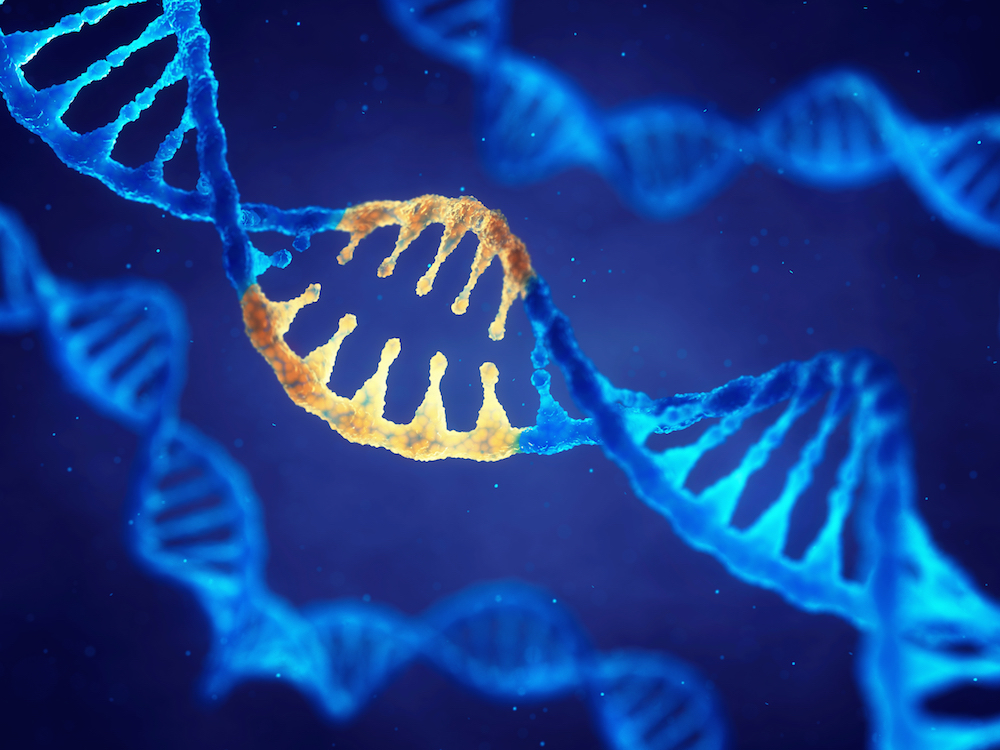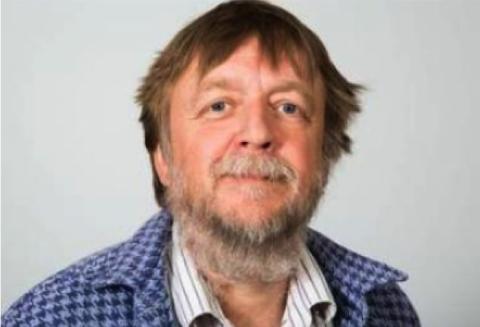Biography
Prof Sir John Hardy is a world-leading neurogeneticist in the field of neurodegenerative diseases, receiving numerous accolades that include the Breakthrough Prize in Life Sciences, the Brain Prize, election as a Fellow of the Royal Society and, in 2022, a knighthood for his contributions to science and health. In 1991, Hardy's team uncovered the first mutation directly implicated in Alzheimer's disease leading to the formulation of the highly influential 'amyloid-cascade' hypothesis. His extensive body of work in genetics will be built upon in this UK DRI programme, where the team will unravel pathogenic networks in neurodegenerative disease.
Hardy Lab
Explore the work of the Hardy Lab, harnessing genetics to build a better understanding of dementia

